Home>Ideas and Tips>Exterior Cladding Options Upgrade Your Home’s Curb Appeal
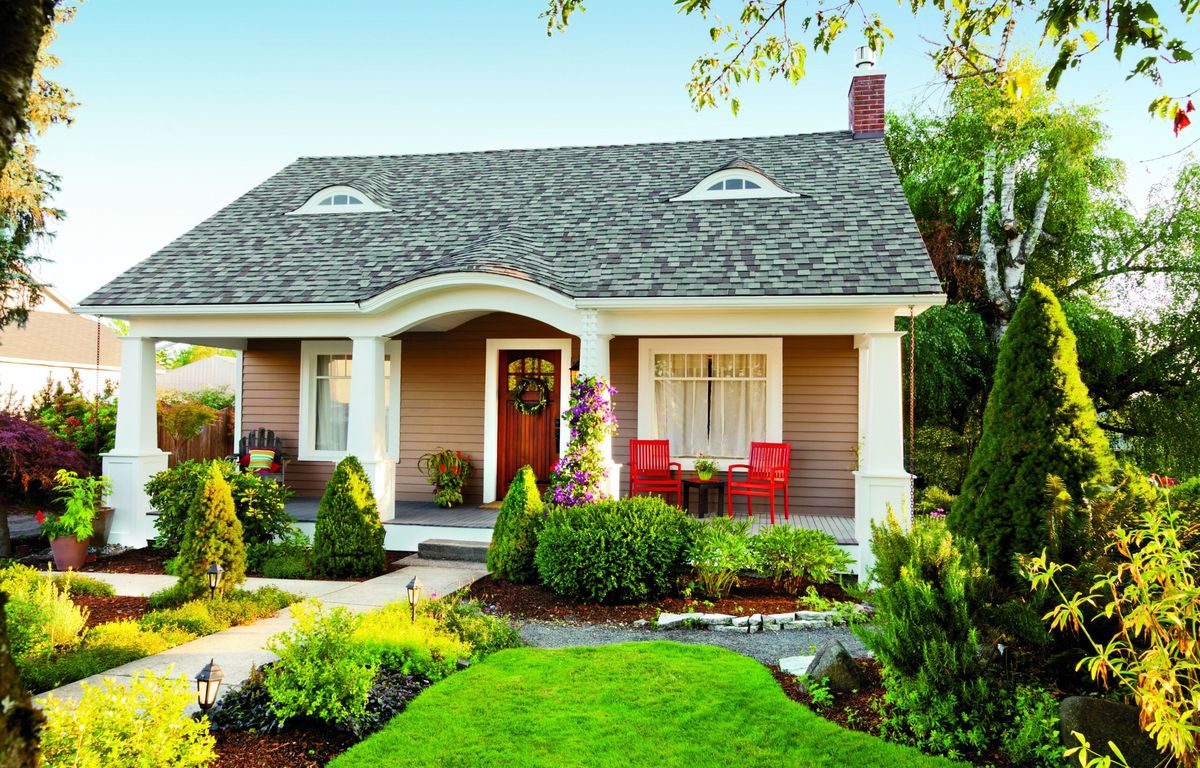

Ideas and Tips
Exterior Cladding Options Upgrade Your Home’s Curb Appeal
Modified: October 27, 2024
Explore various exterior cladding options to enhance your home's curb appeal, improve insulation, and protect against the elements.
(Many of the links in this article redirect to a specific reviewed product. Your purchase of these products through affiliate links helps to generate commission for Storables.com, at no extra cost. Learn more)
When it comes to enhancing the exterior of your home, one of the most impactful and versatile solutions is exterior cladding. This layer of material applied over the existing wall surface serves both decorative and functional purposes, offering protection from the elements, insulation, and an upgraded appearance. In this comprehensive guide, we will delve into the various types of exterior cladding options available, their benefits, and how they can significantly boost your home's curb appeal.
What is Exterior Cladding?
Exterior cladding refers to the application of one material over another to provide a protective and decorative layer on the exterior walls of a home. This layer serves multiple purposes: it enhances the aesthetic appeal of the home, provides weather protection, improves insulation, and can even increase the durability of the structure. Exterior cladding can be used on both new constructions and existing homes, making it a versatile solution for homeowners looking to upgrade their property.
Types of Exterior Cladding Materials
There are several types of exterior cladding materials available, each with its own set of benefits and drawbacks. Here are some of the most popular options:
1. Stone Cladding
Stone cladding is a timeless and elegant choice for exterior cladding. It provides a natural and rustic look that can be suitable for both modern and traditional homes. Stone cladding is known for its durability and ability to withstand harsh weather conditions without deteriorating or losing its visual appeal. It also offers excellent thermal insulation properties, making it an energy-efficient option.
Benefits:
- Durability: Stone cladding is highly durable and can last for decades with minimal maintenance.
- Aesthetic Appeal: It offers a unique, natural look that adds curb appeal to any home.
- Thermal Insulation: Stone cladding provides excellent thermal insulation, reducing energy costs.
- Low Maintenance: It requires minimal upkeep compared to other materials like wood or vinyl siding.
Popular Types of Stone:
- Granite: Known for its strength and durability, granite is a popular choice for stone cladding.
- Limestone: Offers a softer, more elegant look while still providing excellent durability.
- Sandstone: Provides a warm, earthy appearance that complements many architectural styles.
2. Wood Cladding
Wood cladding is another popular option for exterior cladding. It offers a warm and traditional feel, ideal for creating cozy interiors and exteriors. Wood cladding is adaptable and can be painted or stained to match various styles, from modern to rustic.
Benefits:
- Warm Appearance: Wood cladding adds a warm, inviting appearance to any home.
- Adaptable: It can be painted or stained to match different styles and colors.
- Good Insulation Properties: Wood cladding provides good insulation properties, reducing heat loss and energy costs.
Cons:
- Maintenance Requirements: Wood cladding requires regular maintenance to prevent rot and decay.
- Susceptibility to Pests: It can be susceptible to pests like termites and carpenter ants.
3. Brick Cladding
Brick cladding gives a classic and timeless appearance, often used for both decorative and structural purposes. It is durable and fire-resistant, making it an excellent choice for homes in areas prone to wildfires.
Benefits:
- Classic Look: Brick cladding offers a classic, timeless look that enhances curb appeal.
- Durability & Fire Resistance: It is highly durable and fire-resistant, providing long-term protection.
- Thermal Mass: Brick cladding has good thermal mass, helping to regulate indoor temperatures.
Cons:
- Heavy & Structural Support Needed: Brick cladding can be heavy and may require additional structural support.
- Costly Installation: The installation process can be costly due to the weight and complexity of the material.
4. Metal Cladding
Metal cladding provides a modern and industrial look, known for its durability and strength. It is often used in contemporary homes and commercial buildings due to its sleek appearance and robust nature.
Benefits:
- Modern Look: Metal cladding offers a modern, industrial look that enhances curb appeal.
- Durability & Strength: It is highly durable and strong, able to withstand harsh weather conditions.
- Low Maintenance: Metal cladding requires minimal maintenance compared to other materials like wood or stone.
Cons:
- Noise & Aesthetics: Some people may find the sound of metal cladding during rain or wind unpleasant.
- Cost: While durable, metal cladding can be more expensive than other options like vinyl siding.
5. Vinyl Siding
Vinyl siding is one of the most inexpensive options available for exterior cladding. It comes in numerous colors and styles, making it versatile for various architectural designs. Vinyl siding is built to last, resisting fading, cracking, and warping, and requires little upkeep.
Benefits:
- Affordability: Vinyl siding is one of the most affordable options available.
- Versatility: It comes in various colors and styles to match different architectural designs.
- Low Maintenance: Vinyl siding requires minimal maintenance as it does not need painting or staining.
Cons:
- Appearance: Some homeowners may find vinyl siding less aesthetically pleasing compared to natural materials like stone or wood.
- Environmental Concerns: While durable, vinyl siding has raised environmental concerns due to its production process involving non-renewable resources.
6. Composite Cladding
Composite cladding combines different materials like wood fibers with polymer resins to create a durable yet low-maintenance option. It offers a blend of style and resilience, making it suitable for homes in challenging climates.
Benefits:
- Durability & Resilience: Composite cladding is highly durable and resilient against severe weather conditions.
- Low Maintenance: It requires minimal upkeep as it does not rot or decay like wood.
- Versatility: Available in various colors and styles to match different architectural designs.
Cons:
- Cost: Composite cladding can be more expensive than other options like vinyl siding.
- Appearance: Some homeowners may find the appearance less natural compared to materials like stone or wood.
Factors to Consider When Choosing Exterior Cladding
Choosing the right exterior cladding involves careful consideration of several factors:
Read more: Upgrading Your Garage Door For Curb Appeal
1. Elegant Appeal
The style you aim for is crucial when selecting exterior cladding. Different materials offer distinct aesthetic appeals:
- Modern & Industrial: Metal cladding provides a sleek, modern look.
- Rustic & Natural: Stone cladding offers a timeless, natural look.
- Traditional & Warm: Wood cladding adds warmth and coziness.
2. Functionality
Consider what you need from your exterior cladding:
- Insulation & Protection: Materials like stone and brick provide excellent insulation and protection from the elements.
- Decorative Purposes: Vinyl siding is ideal for those looking for a low-maintenance option that enhances curb appeal without requiring significant upkeep.
3. Location
Different types of cladding may suit different purposes based on location:
- Interior vs Exterior: Stone cladding can be used both on interior and exterior walls, while metal cladding is more commonly used on exteriors.
- Climate: Materials like composite cladding are suitable for challenging climates due to their durability and resilience.
Pros and Cons of Each Material
Each type of exterior cladding has its pros and cons:
Stone Cladding
Pros:
- Natural and elegant look
- Durable and long-lasting
- Low maintenance
Cons:
- Can be expensive
- Heavy and may require structural support
Wood Cladding
Pros:
- Warm and inviting appearance
- Adaptable and can be painted or stained
- Good insulation properties
Cons:
- Requires regular maintenance to prevent rot and decay
- Susceptible to pests
Brick Cladding
Pros:
- Classic and timeless look
- Durable and fire-resistant
- Good thermal mass
Cons:
- Heavy and may need additional support
- Can be costly
Metal Cladding
Pros:
- Modern and industrial look
- Durable and strong
- Low maintenance
Cons:
- Noise during rain or wind
- Can be more expensive than other options
Vinyl Siding
Pros:
- Affordable
- Versatile in colors and styles
- Low maintenance
Cons:
- Less aesthetically pleasing compared to natural materials
- Environmental concerns due to production process
Composite Cladding
Pros:
- Durable and resilient against severe weather conditions
- Low maintenance as it does not rot or decay like wood
- Versatile in colors and styles
Cons:
- Can be more expensive than other options like vinyl siding
- Appearance may not be as natural as stone or wood
How to Enhance Curb Appeal with Exterior Cladding
Exterior cladding not only upgrades the appearance of your home but also provides several functional benefits:
Weather Protection
Exterior cladding shields your home from rain, wind, and UV rays, ensuring that your walls remain protected from the elements.
Insulation
It improves thermal efficiency by reducing heat loss during winter and heat gain during summer, leading to noticeable savings on energy bills.
Durability
Exterior cladding protects against physical damage and wear over time, extending the lifespan of your home's exterior walls.
Low Maintenance
Many materials require minimal upkeep, saving time and effort in maintaining your home's exterior.
Case Studies: Real-Life Examples
Let's look at some real-life examples where exterior cladding has transformed homes:
Example 1: Stone Cladding
A homeowner in a rural area decided to upgrade their home's exterior with stone cladding. The natural look of the granite stones added a rustic charm to their home while providing excellent insulation and protection from harsh weather conditions. The homeowner reported significant energy savings and minimal maintenance requirements.
Example 2: Wood Cladding
A family in a cozy cabin opted for wood cladding to enhance their home's warmth and coziness. The wooden panels were stained to match the cabin's traditional style, adding an inviting appearance that complemented their surroundings perfectly. Regular maintenance ensured that the wood remained healthy and pest-free.
Example 3: Metal Cladding
A modern homeowner chose metal cladding for its sleek appearance and durability. The metal panels were installed in a contemporary design that matched their home's architectural style perfectly. They reported low maintenance requirements and an increased sense of security due to the robust nature of metal cladding.
Frequently Asked Questions
Q: What are the benefits of stone cladding?
A: Stone cladding offers excellent thermal insulation properties, durability against harsh weather conditions, low maintenance requirements, and an authentic natural look that enhances curb appeal.
Q: How does wood cladding compare to other materials?
A: Wood cladding provides a warm appearance but requires regular maintenance to prevent rot and decay. It is adaptable but can be susceptible to pests like termites.
Q: What are some popular types of exterior house stones?
A: Granite, limestone, sandstone are popular types of exterior house stones suitable for different applications based on their durability and aesthetic appeal.
Q: Is metal cladding noisy during rain or wind?
A: Yes, metal cladding can produce noise during rain or wind due to its metallic nature but this can be mitigated with proper installation techniques.
Conclusion
Choosing the right exterior cladding material is crucial for enhancing your home's curb appeal while providing functional benefits like weather protection and insulation. Each type of material has its pros and cons which should be carefully considered based on factors like elegant appeal, functionality requirements, location-specific needs, and budget constraints. By understanding these factors and selecting the appropriate material from options like stone cladding for its timeless elegance or metal cladding for its modern look—homeowners can confidently upgrade their property's exterior while ensuring long-term durability and aesthetic appeal.
Whether you're aiming for a rustic charm with stone cladding or a sleek modern look with metal cladding—the right choice will transform your living spaces into something truly special while standing the test of time. Remember to consider installation costs, maintenance requirements, climate conditions when making your decision ensuring that your choice not only looks great but also stands as an enduring part of your home's exterior design landscape.
Was this page helpful?
At Storables.com, we guarantee accurate and reliable information. Our content, validated by Expert Board Contributors, is crafted following stringent Editorial Policies. We're committed to providing you with well-researched, expert-backed insights for all your informational needs.
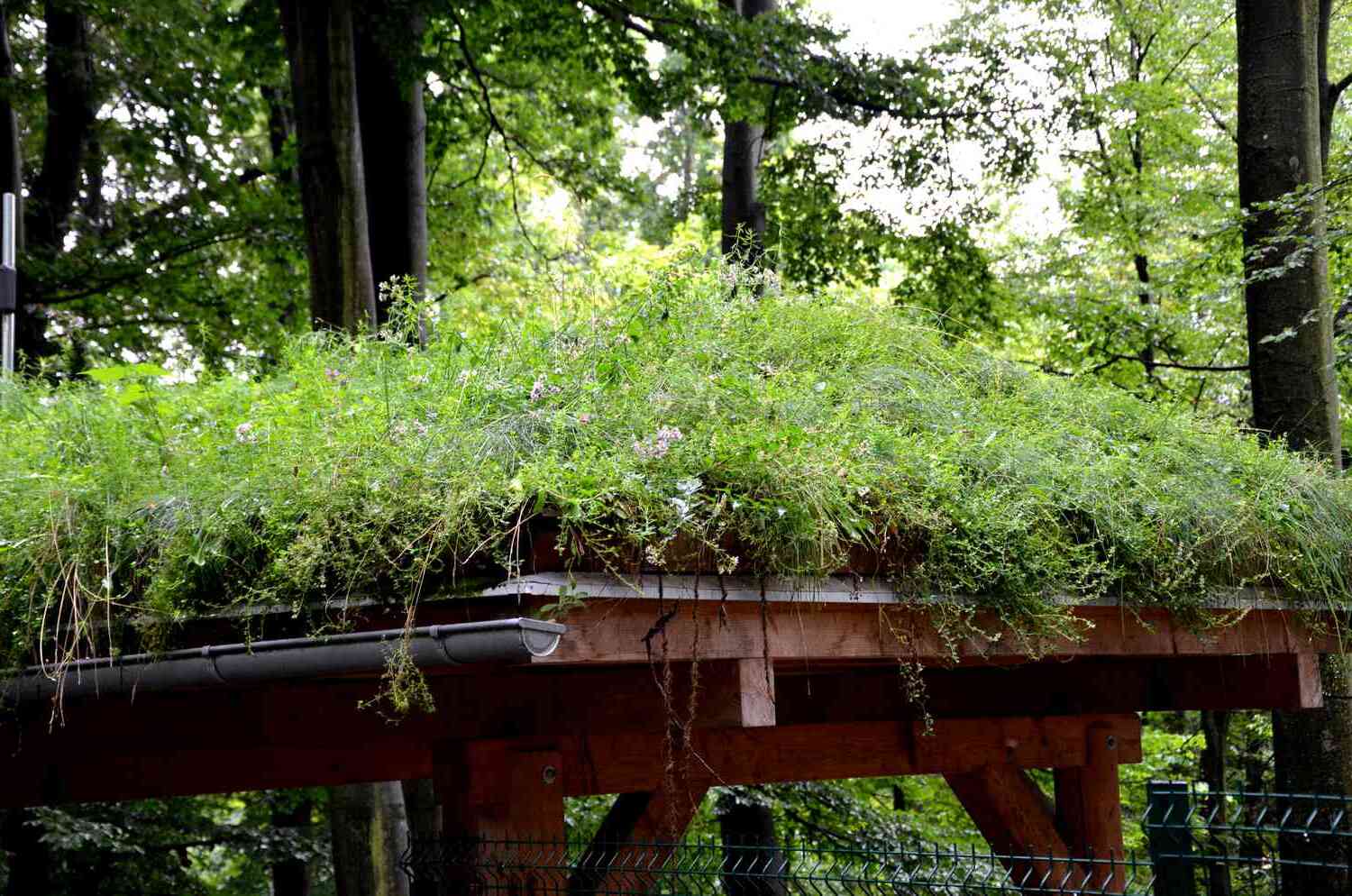
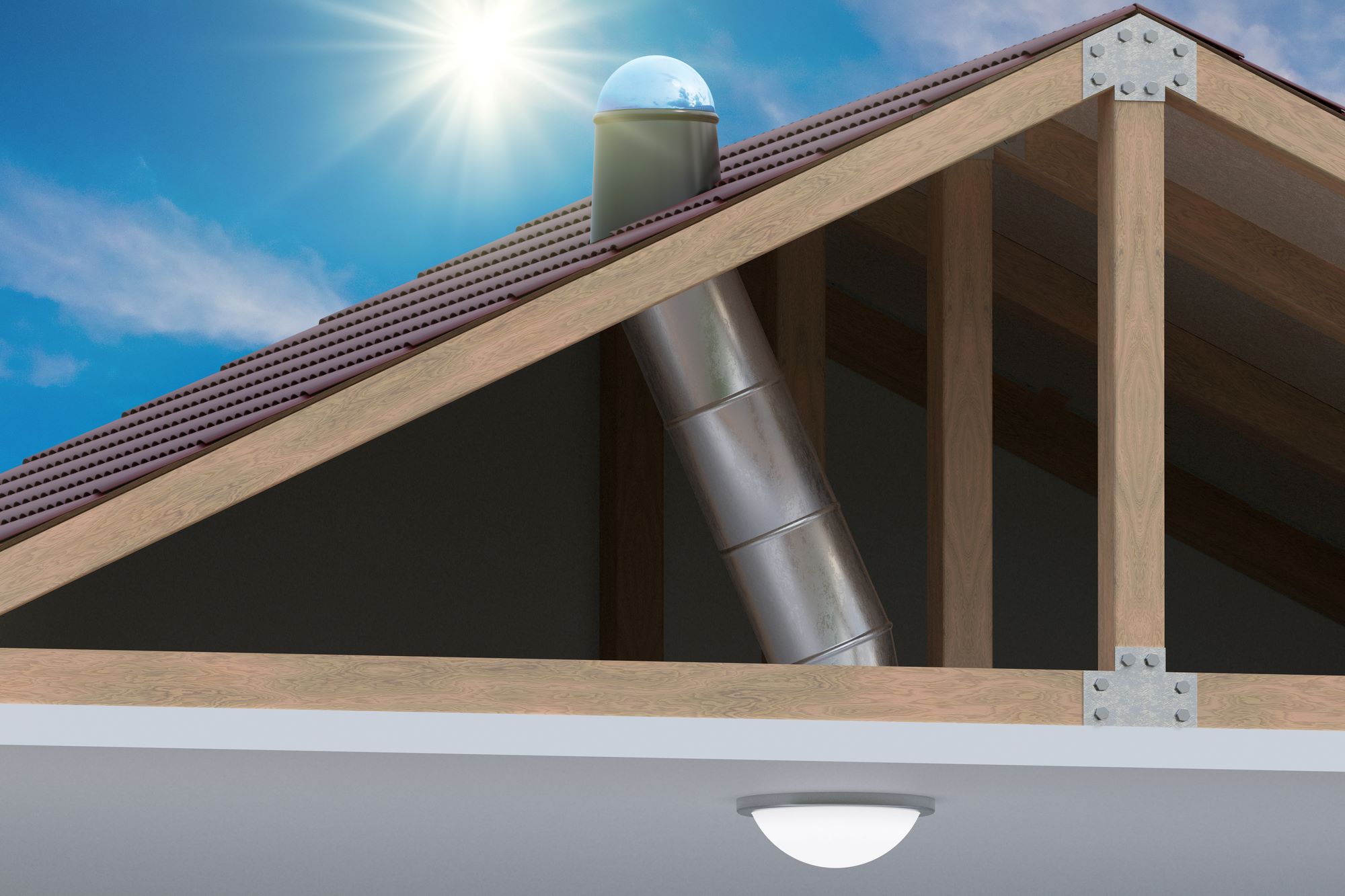
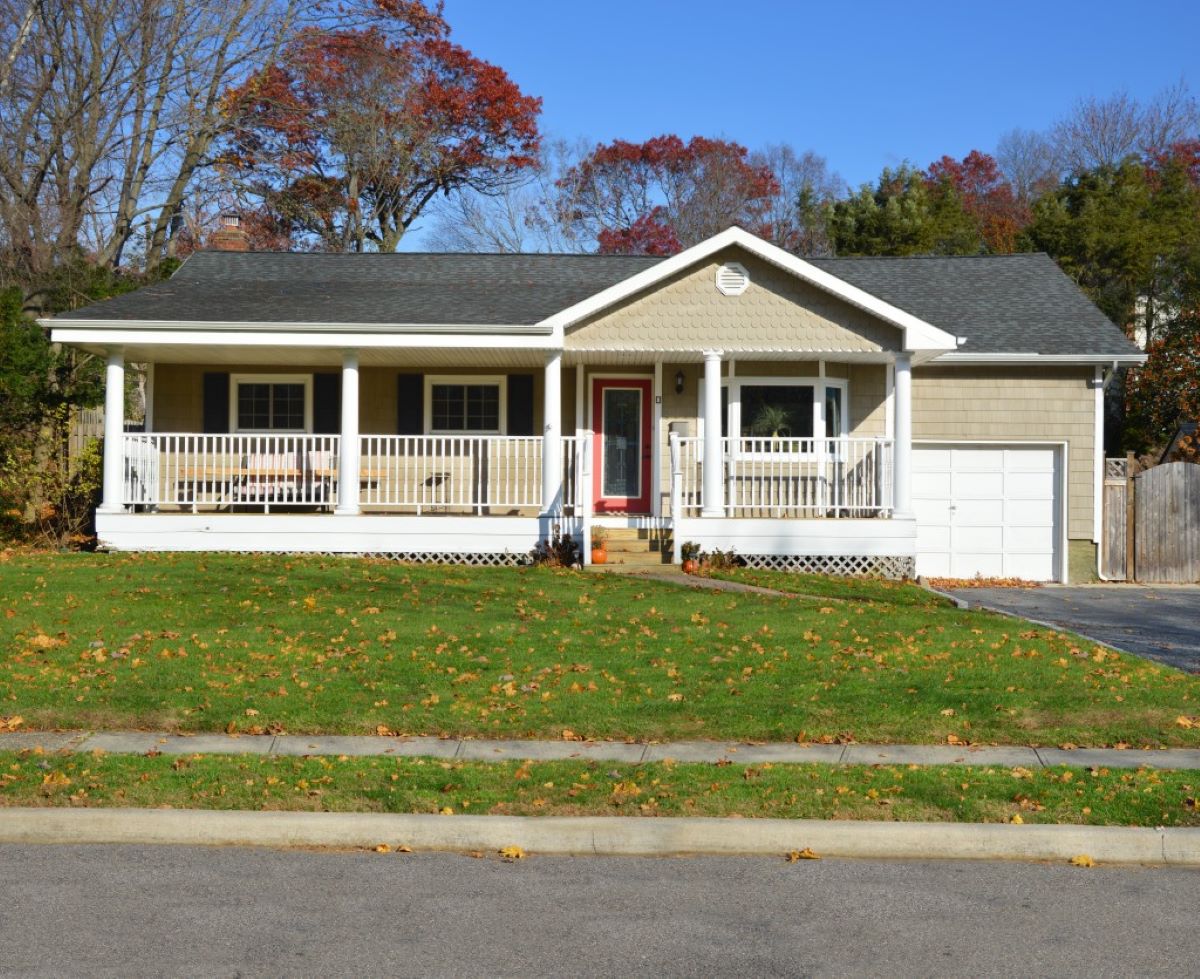
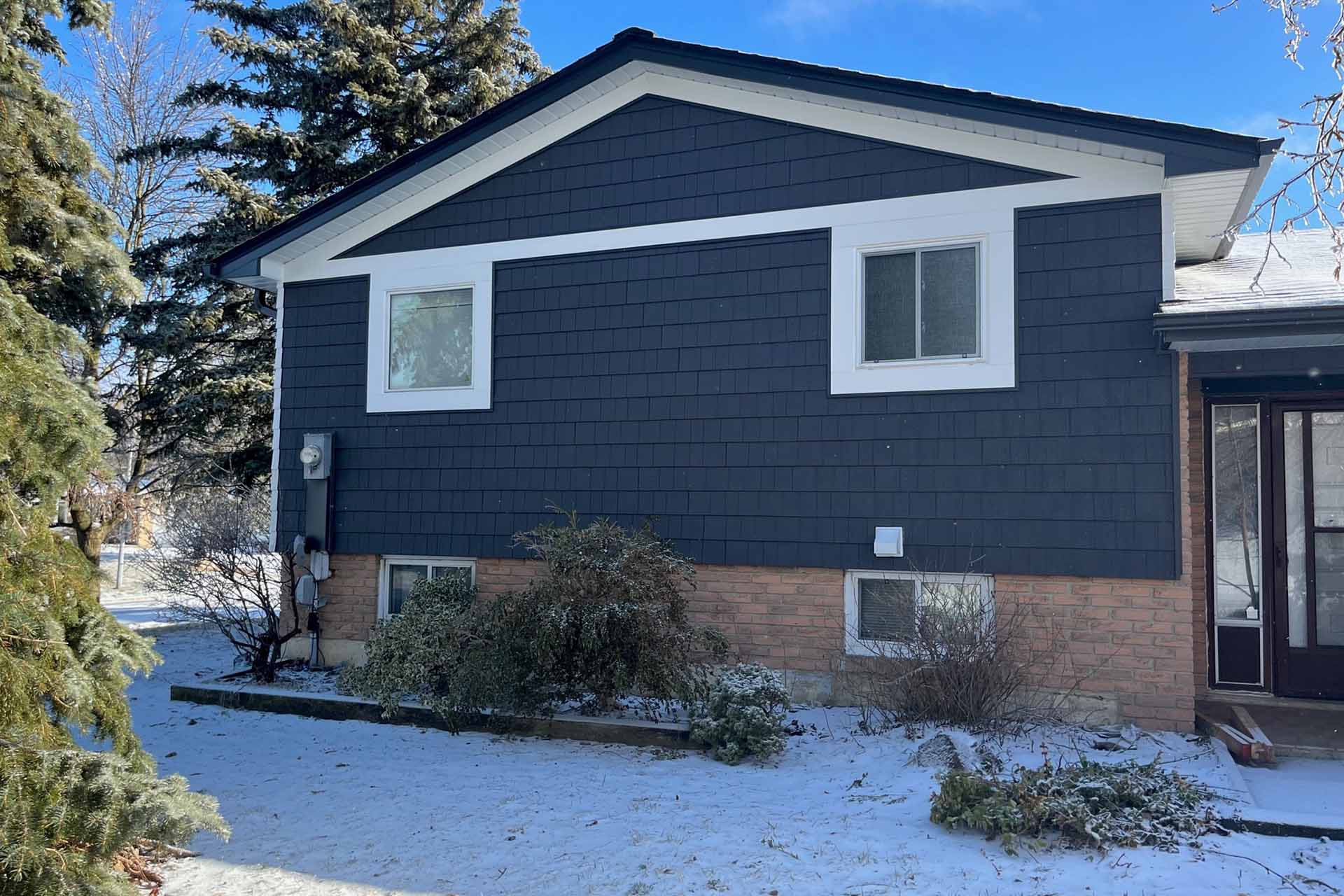
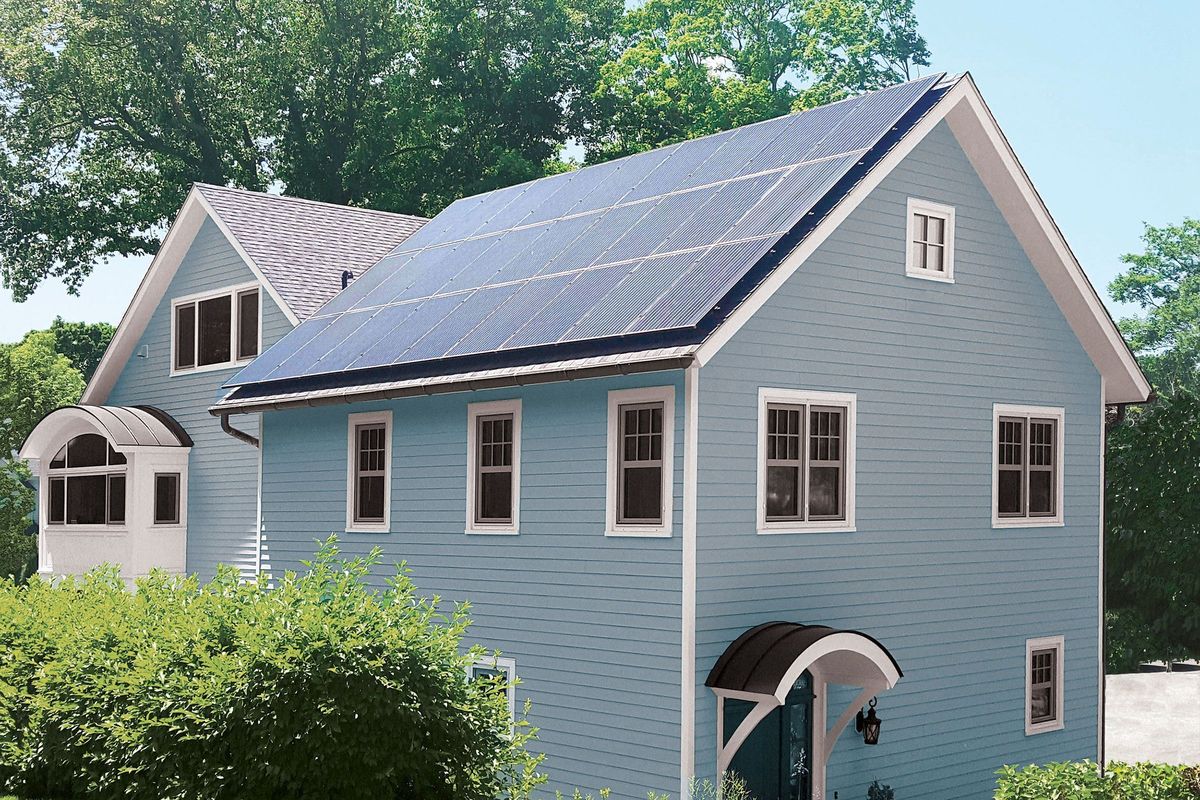
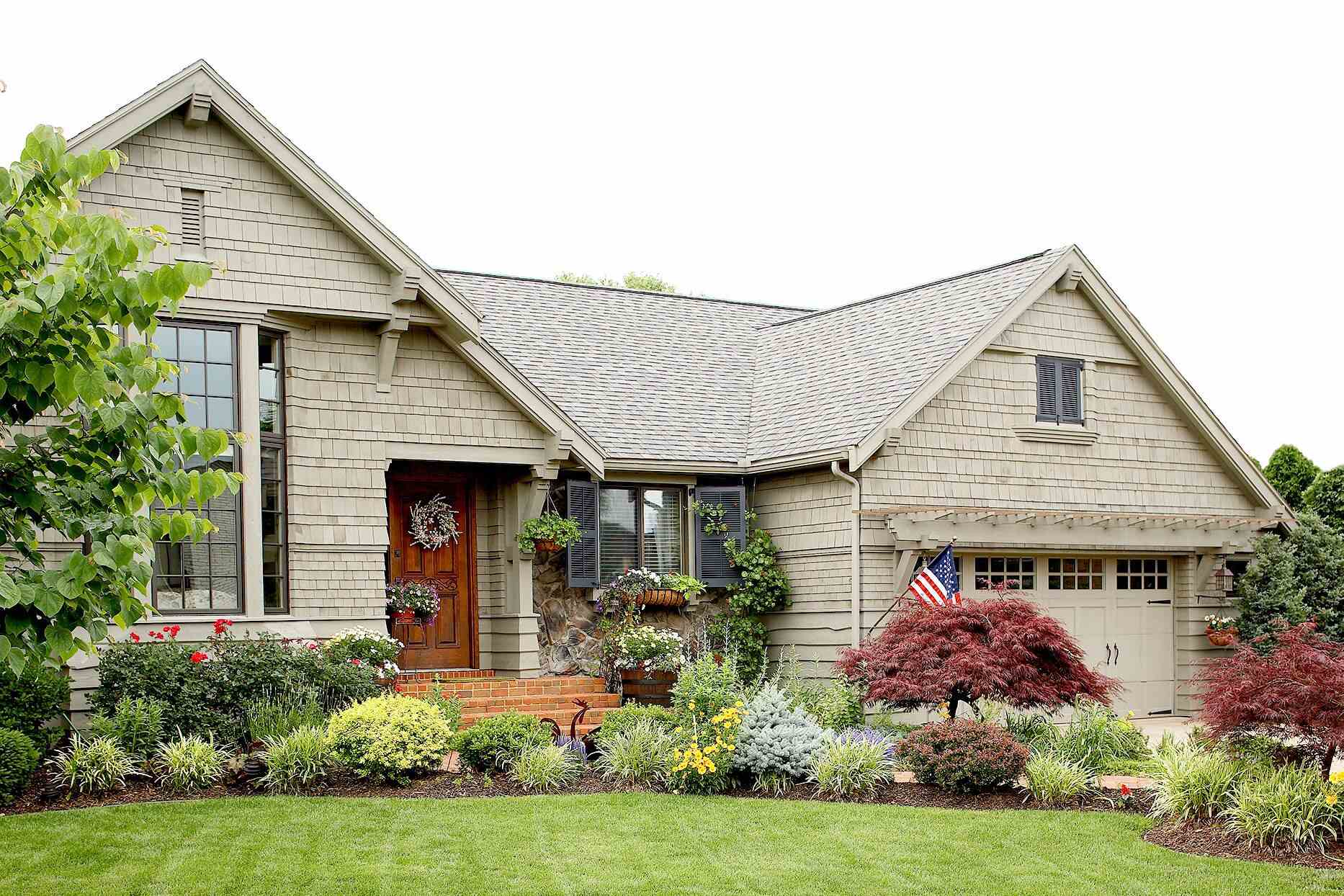
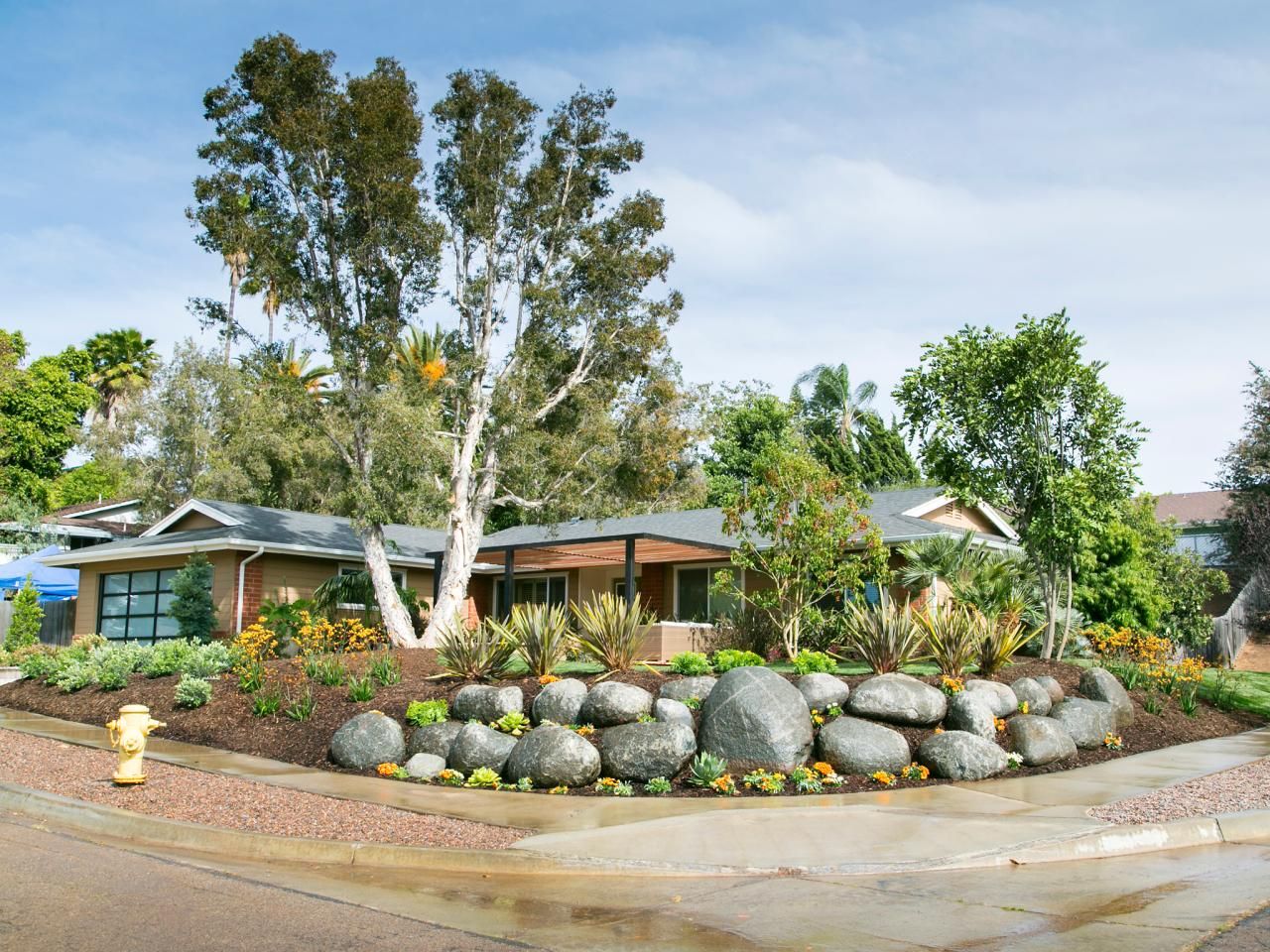

0 thoughts on “Exterior Cladding Options Upgrade Your Home’s Curb Appeal”